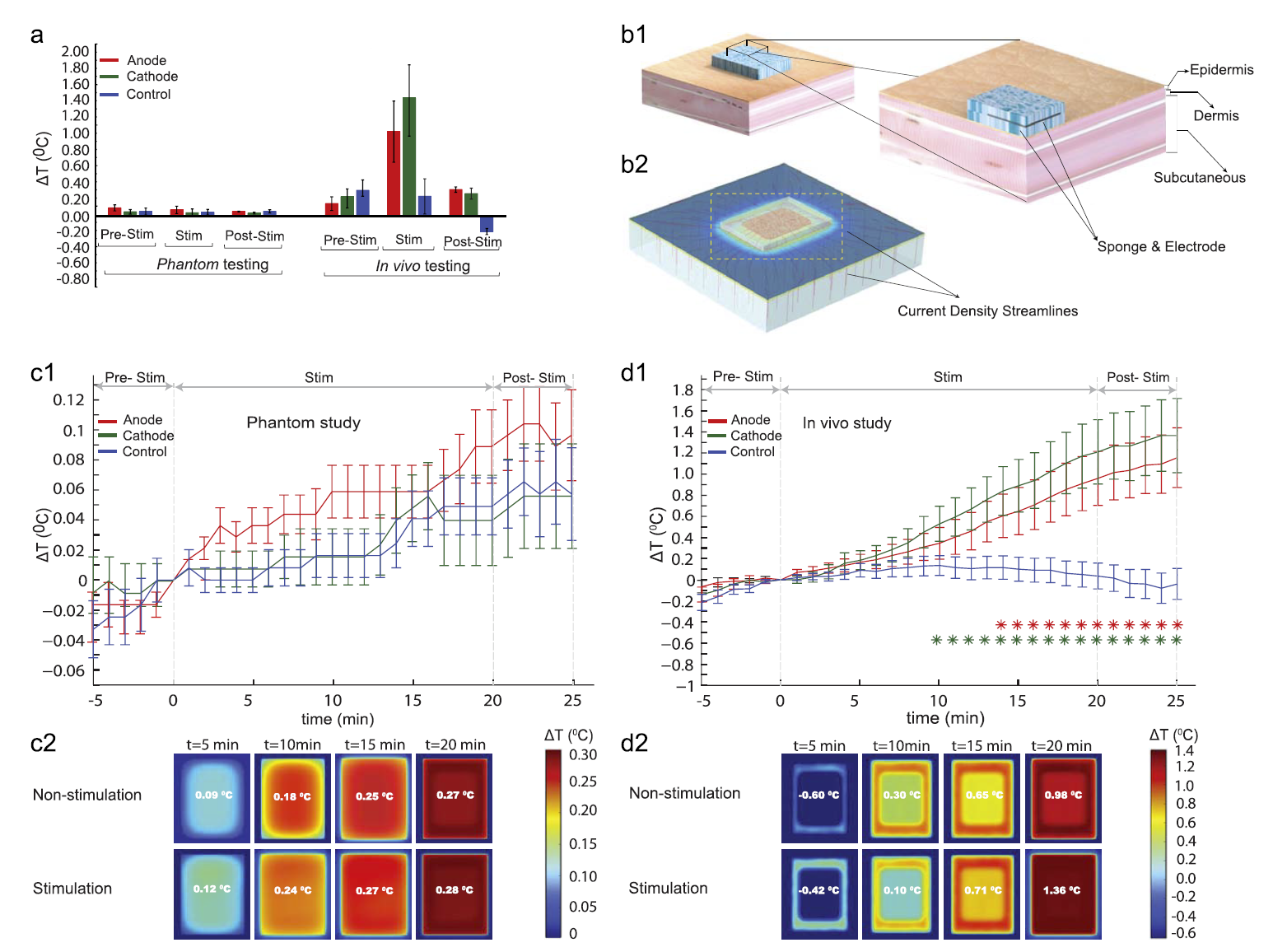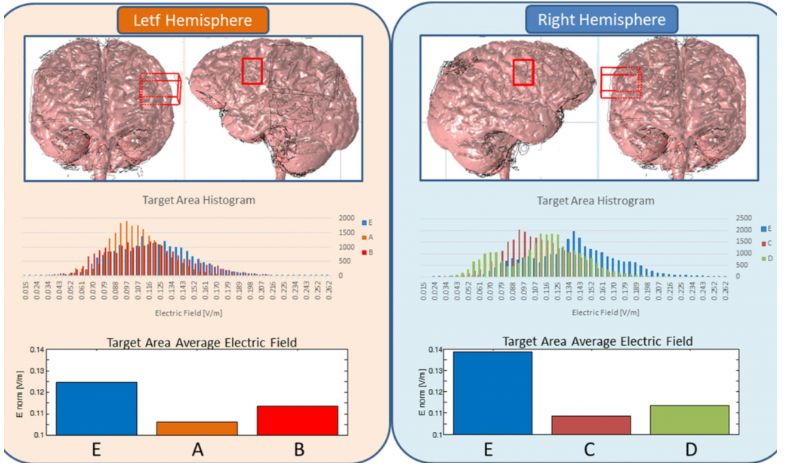Wall Street Journal, Feb 24, 2017
By TOMIO GERON
Full article link
Abridged article:
Hacking software or network-connected devices is so 21st century. A new crop of forward-thinking entrepreneurs wants to hack the ultimate computer: the brain.
Enhancing or altering the brain with technology may sound like a concept for the cyborgs of science fiction, but Silicon Valley startups are already at it—with venture capitalists’ backing. A range of noninvasive wearable devices have hit the consumer market using electrical stimulation to sharpen physical and mental performance or to improve relaxation….
Interest in brain devices fits squarely within Silicon Valley’s ever-growing do-it-yourself biohacking and quantified-self movement, where people obsessively measure everything from their carbohydrate intake to mental acuity to sleep patterns. And the trend ties in with popular millennial pursuits like meditation, mindfulness and nontraditional remedies including nootropics.
In Silicon Valley, where tech executives are always seeking an edge, brain hackers have found a willing market for experimentation as a natural extension of that impulse.
Los Gatos, Calif.-based Thync has raised about $23 million from Noosphere Ventures, Khosla Ventures and Andreessen Horowitz, according to PitchBook. The company says its $199 device can improve sleep and reduce stress. It second version, due out this spring, attaches to the back of the neck instead of the head….
Several startups’ devices rely on sending electric pulses into the brain, a process called tDCS that hasn’t been approved for medical use in the U.S. While that stimulation has been found safe in a laboratory environment, the benefits in consumer devices are unclear because of a lack of independent studies, according to Rachel Wurzman, a researcher at the University of Pennsylvania’s Laboratory for Cognition and Neural Stimulation….
Startup Halo Neuroscience’s headset aims to improve athletic performance. The device sends electric fields into the brain’s motor cortex, creating a state of “hyperplasticity” which, when combined with athletic training, helps the brain more quickly build circuitry to interact with muscles, improving technique and explosiveness, said co-founder and Chief Executive Daniel Chao.
Users wear the $749 device, which looks like a pair of headphones, for 20 minutes before a workout. The San Francisco company has raised $9 million from Lux Capital, Andreessen Horowitz, Jazz Venture Partners, SoftTech VC and Xfund. Its athlete-endorsers include Demario Davis of the Cleveland Browns and T.J. Carrie of the Oakland Raiders.
Halo has focused on professional athletes but is targeting consumers who are performance athletes or enthusiasts, as opposed to casual athletes, said Mr. Chao, who previously worked at a medical-device startup that used electric stimulation to treat epilepsy….
While the use of brain stimulation is based on genuine science, it doesn’t necessarily back up marketing by consumer brands, said Marom Bikson, a professor of biomedical engineering at the City College of New York, who has done studies on Thync and co-founded medical-device startup Soterix Medical.
“There’s unquestionably scientific studies done in controlled environments that suggest that tDCS can change cognition and change how people think or can change learning,” Mr. Bikson said. “Some claims may be made by some companies that are maybe more advanced than where a lot of the scientists may be comfortable.”




















